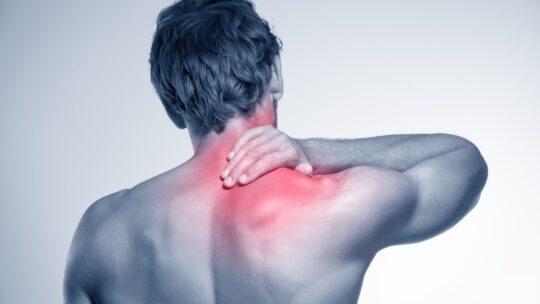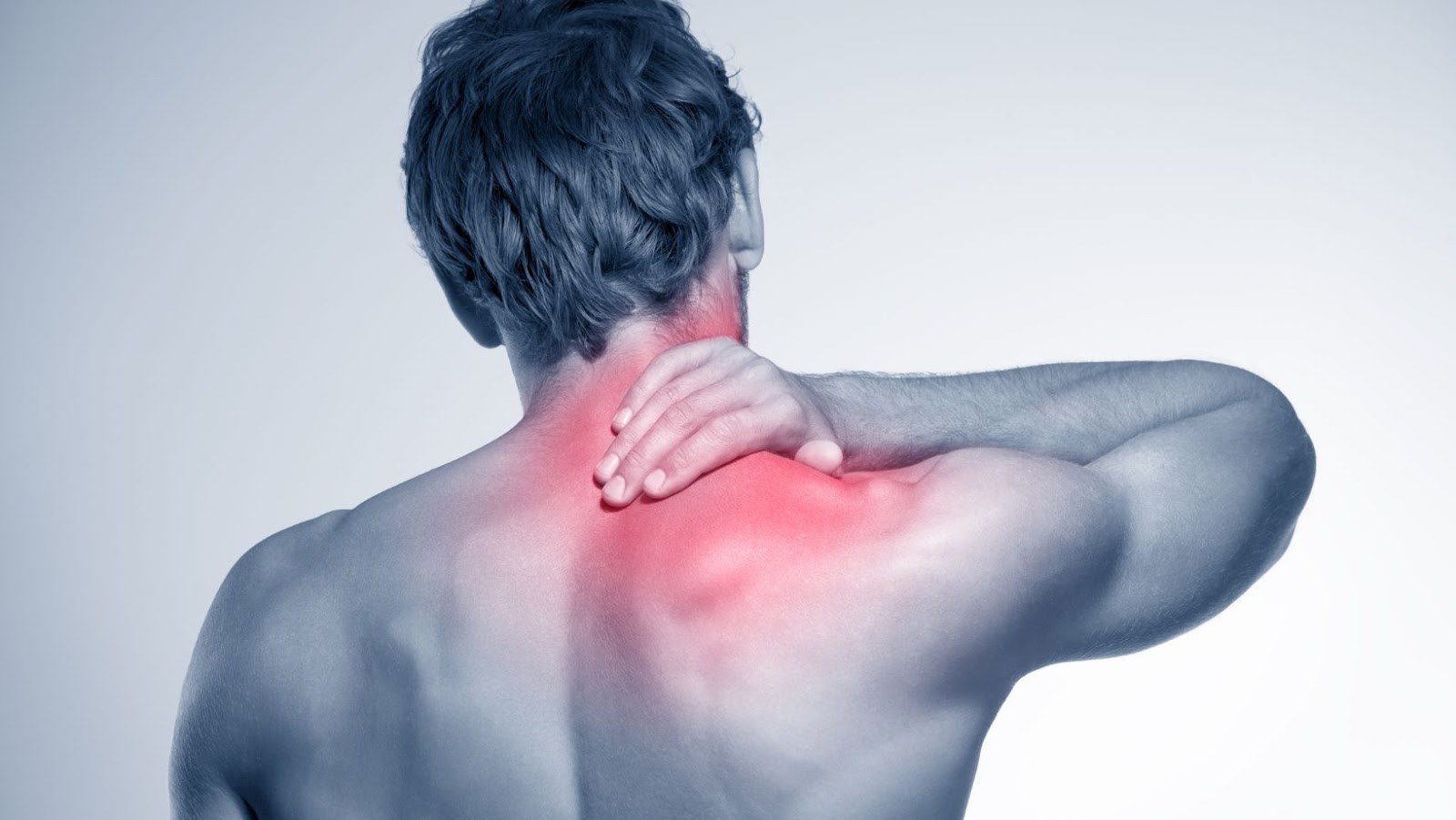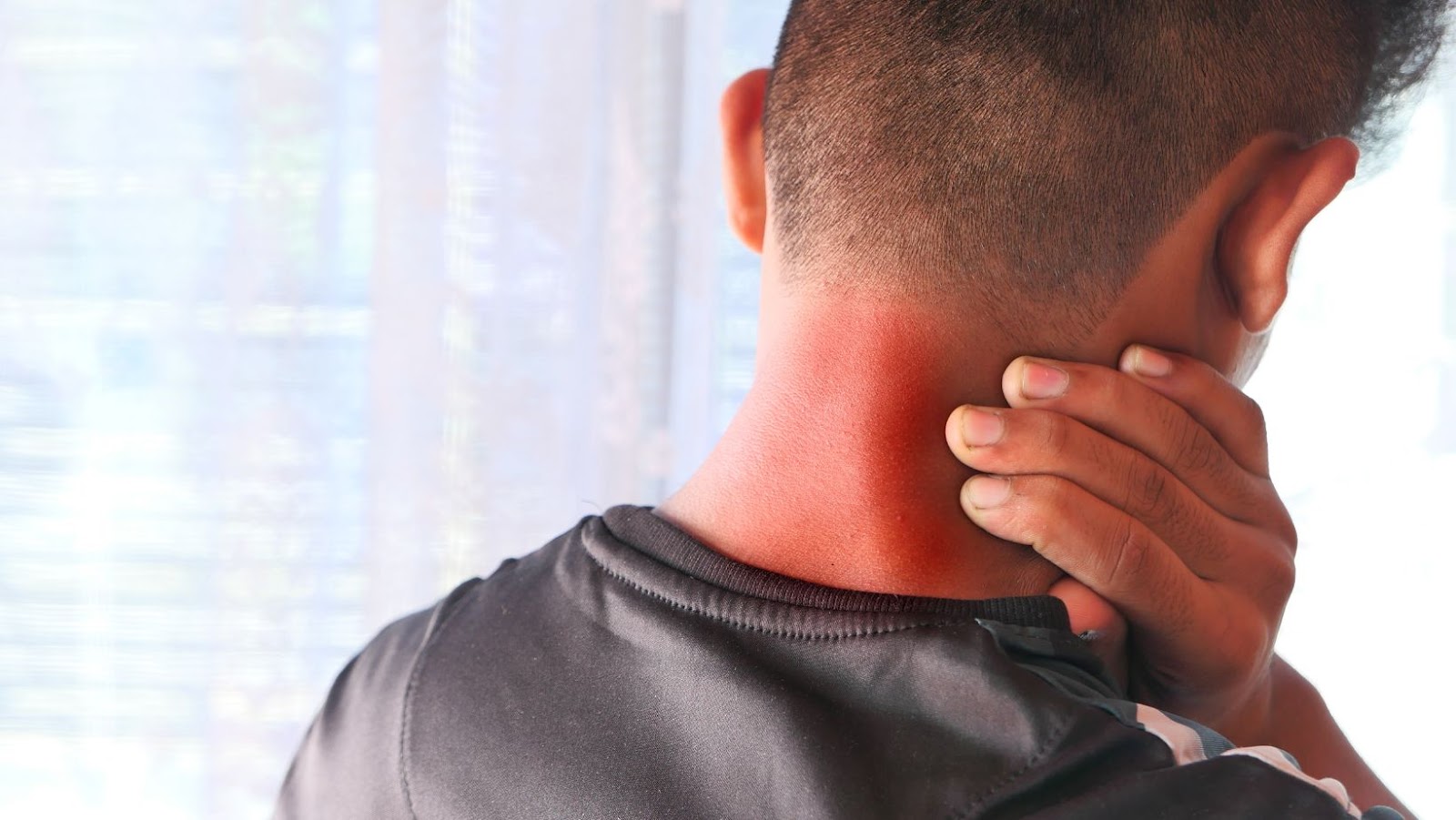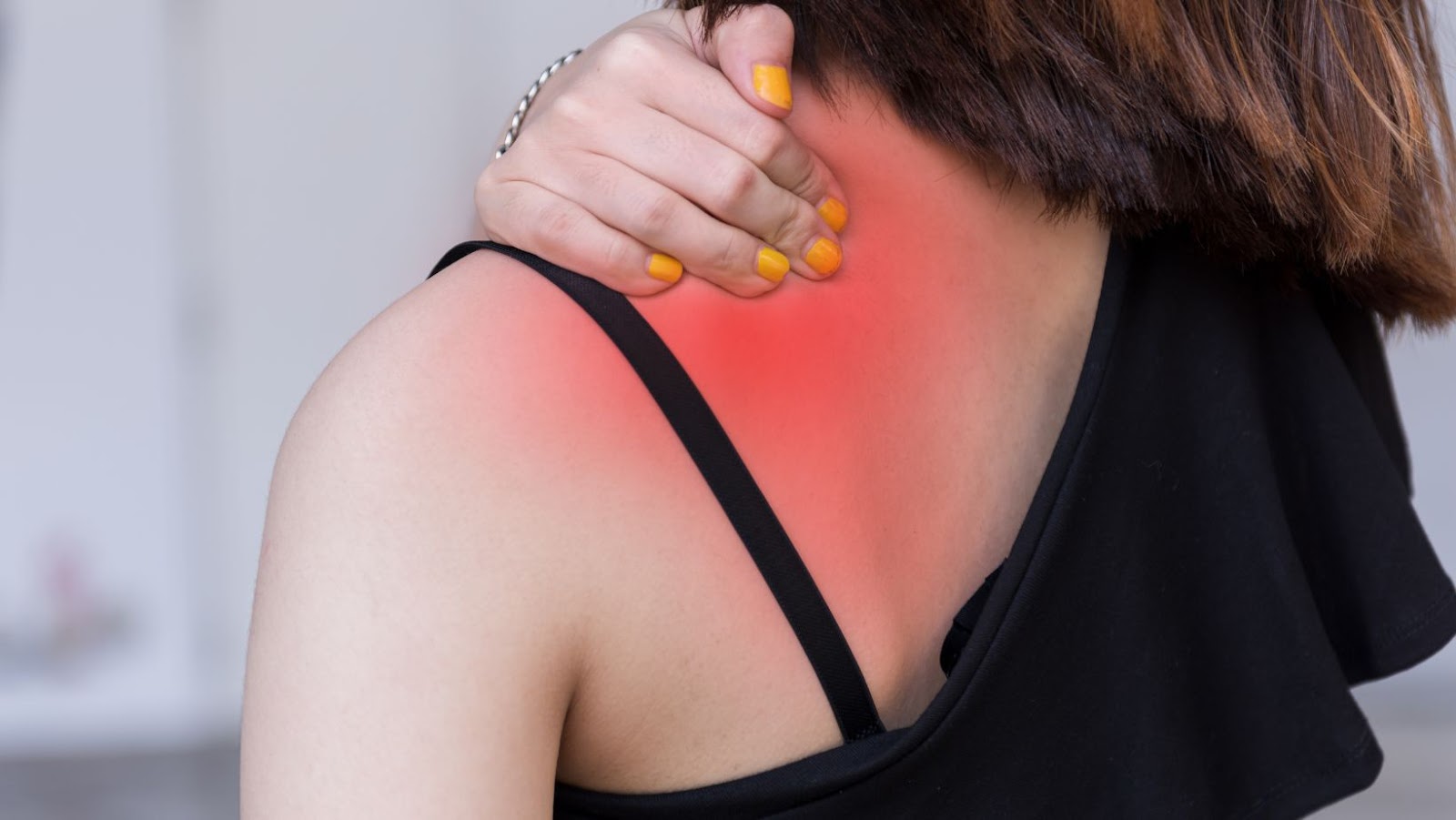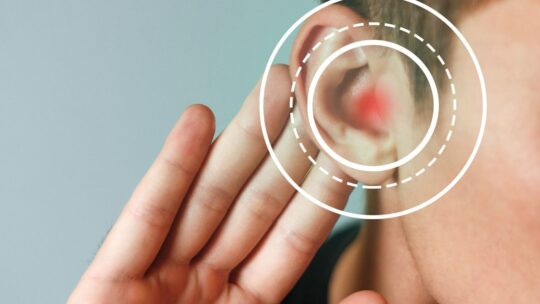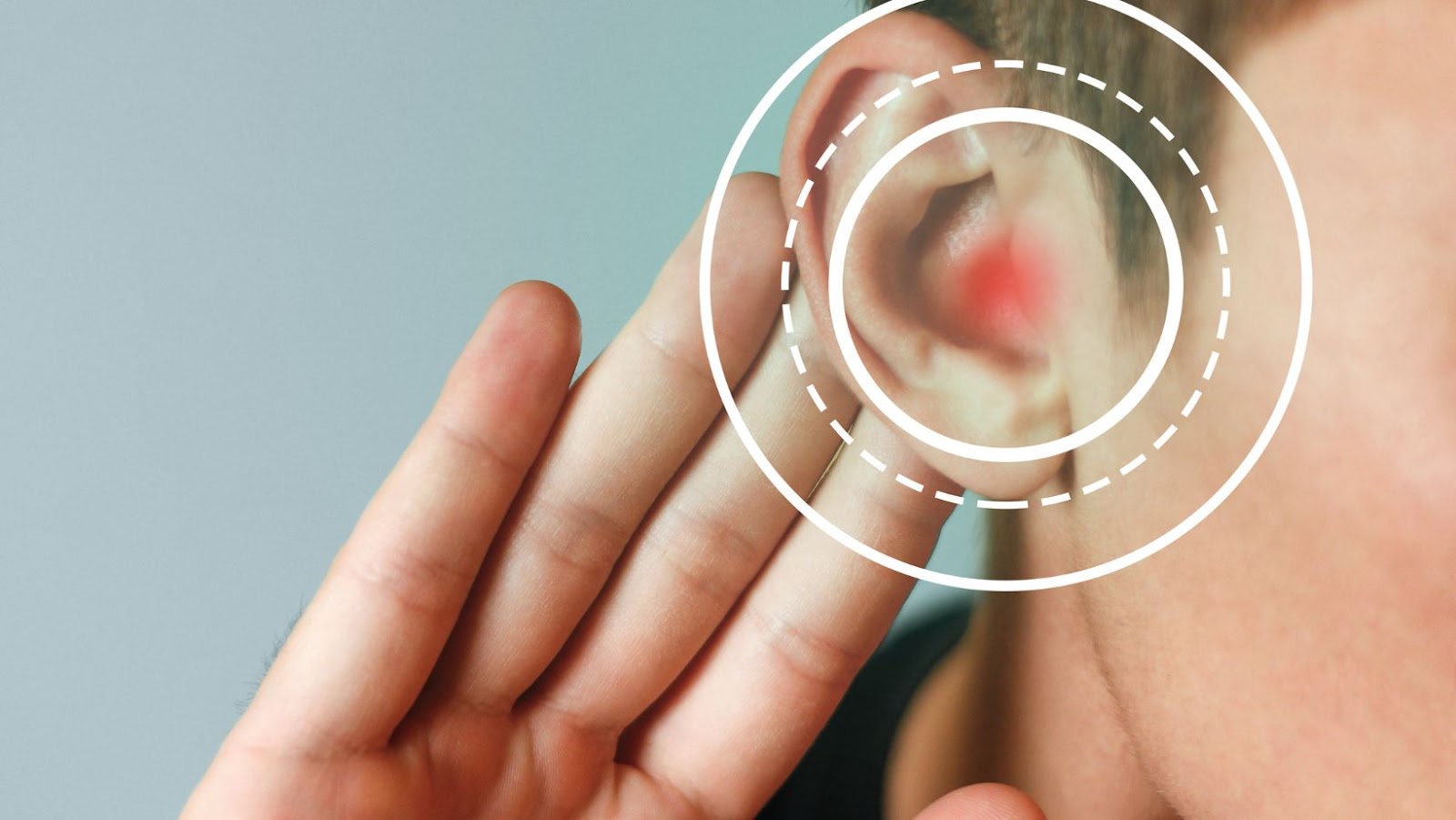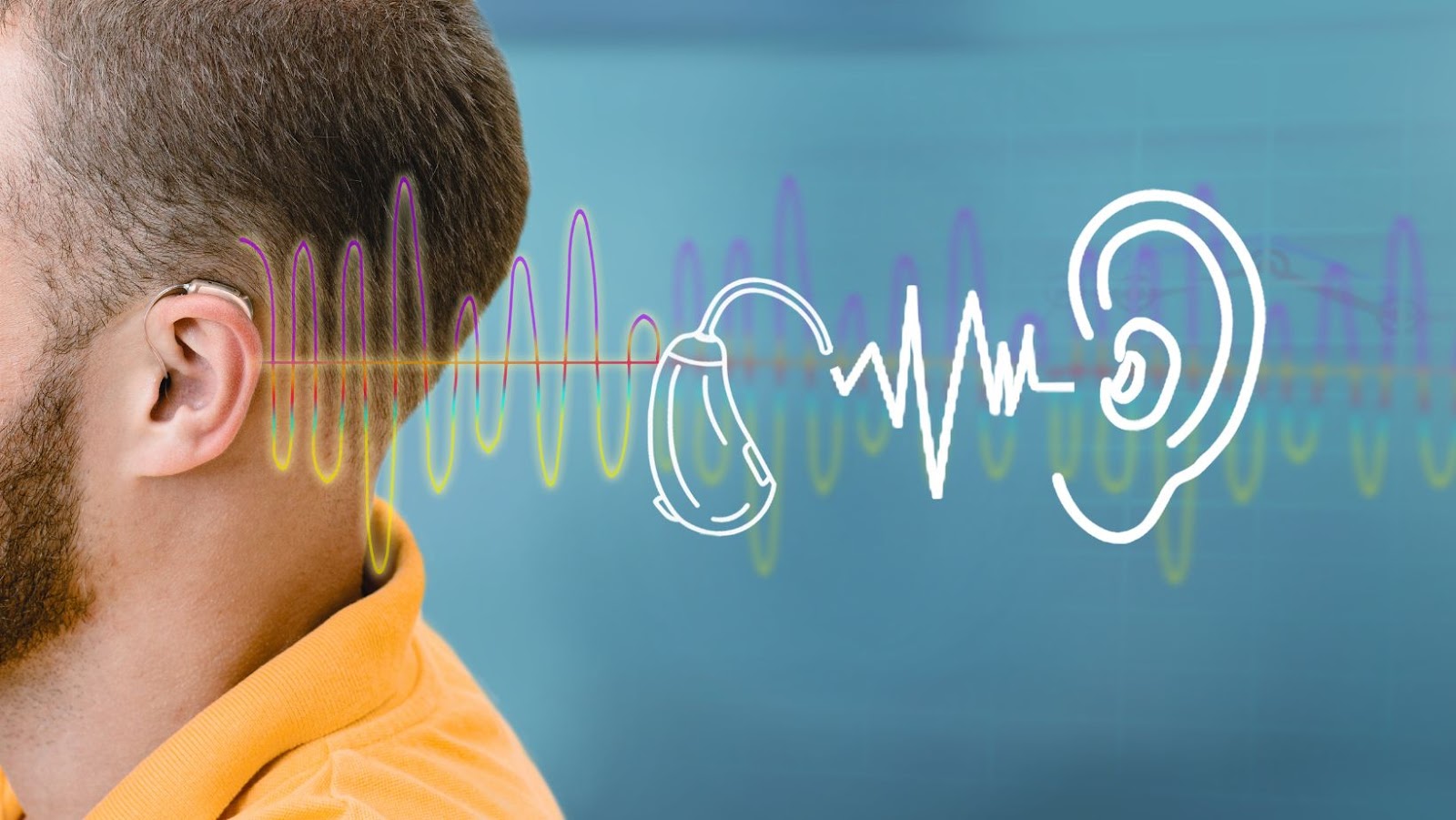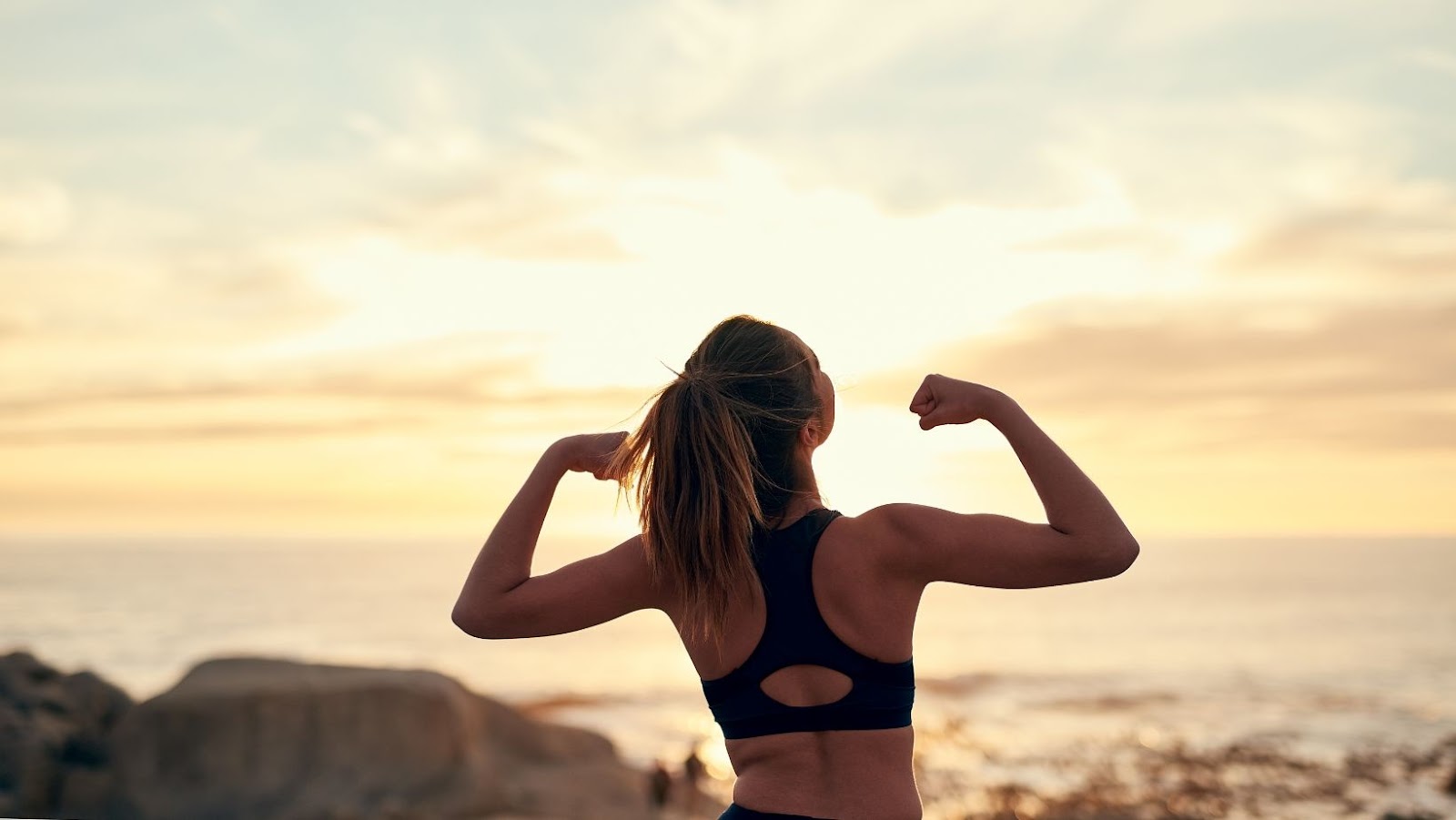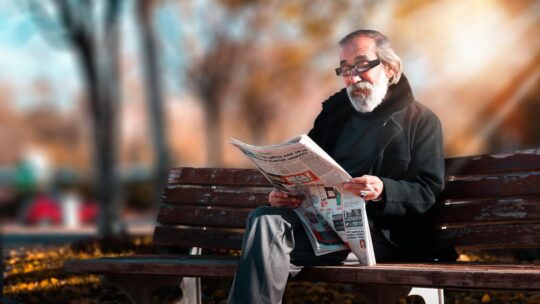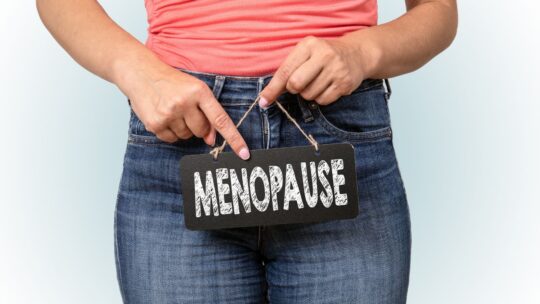
If you’re anything like me, you want your feet to look and feel their best at all times. One of the ways to achieve this is by regularly removing dead skin on your feet. But what’s the best way to go about it? Should you use a pumice stone or a metal foot file to remove hard skin from your feet? Keep reading to find out!
How to Remove Hard Skin on Feet
Before assessing the pros and cons of removing dead skin, corns and calluses with pumice stones and metal foot files, let’s take a look at other options.
- Foot Peel Spray — Foot peel sprays offer a fast way to remove dead skin and can be used before a pumice stone or foot file. The main benefit is they work instantly. Plus, you will find it easier to remove dead skin after applying a foot peel spray and are less likely to cause skin damage by rubbing too hard with your pumice stone or file in an attempt to get rid of thick layers of dead skin and tough calluses.
- Exfoliating Foot Socks — These socks can be a game changer but don’t tend to give instant results. You also have to wear them from 20 minutes to an hour AND you will continue to shed dead skin for weeks, so you have to wear sock all day and night if you do not want to leave pieces of dead skin all over the house. But if you’re willing to wait a couple of weeks after using them, they can get rid of dead skin that has built up without the need to use a pumice stone or foot file.
- Apple Cider Vinegar Foot Soak — Soaking your feet in apple cider foot soak can help make the removal of hard, dead skin with a pumice stone or foot file a lot easier. Plus, apple cider is antibacterial and can help to keep infections at bay if you have deep heel cracks.
Pros and Cons of Pumice Stone vs Metal Foot File
Pumice Stone
Pumice stones are made from volcanic rock and are great for removing any build up of dead skin cells from the feet. They can be used on dry and wet skin, but I find they work best when used on damp skin. Simply wet your feet, apply some soap, and then rub the pumice stone over your feet in a circular motion.
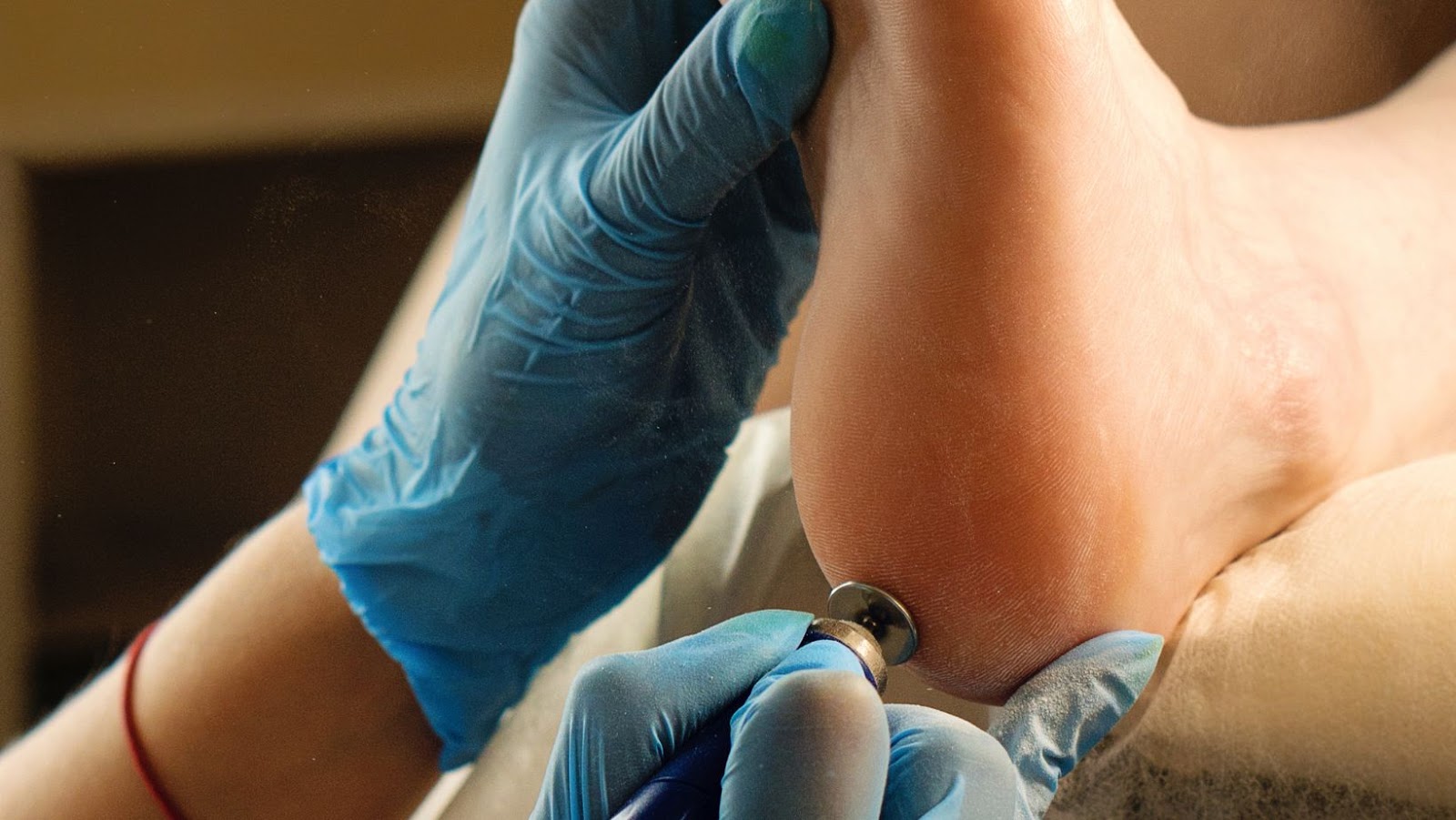
You’ll notice that the dead skin will start to roll off almost immediately. Don’t press too hard, as you could damage healthy skin cells. After a few minutes of scrubbing, rinse your feet with warm water and apply lotion to keep your skin hydrated. Keeping your pumice stone clean is essential for good hygiene! After each use, wash it with soap and water, then let it dry completely before reusing. To take things a step further, you can also sanitise the stone by soaking it in equal parts white vinegar and water. And don’t forget to replace your pumice stone every three to four weeks when its effectiveness starts waning or if any discolouration pops up, as that could be a sign of bacteria buildup.
Pros: Pumice stones are natural, inexpensive, and easy to use.
Cons: Pumice stones may harbour bacteria, dead skin can get stuck in the holes and they need replacing regularly. Additionally pumoice stones tend to be less effective than a metal foot file.
Metal Foot File
Foot files are similar to pumice stones in that they are also used to remove hard skin on feet. Professional stainless steel foot files are the gold standard of metal foot files and usually have a rough surface on one side and a softer surface on the other. Foot files can be used on both wet and dry skin, but they work best when used on wet skin softened with soap. If you do decide to use a foot file, make sure to use gentle pressure and always test it out on a small area of your foot first. Be sure to use gentle circular motions and don’t press too hard, as you could damage healthy skin cells.

Stop when the skin starts to look pink or feels sensitive, rinse away the dead skin and use intensive foot cream to lock in moisture and prevent dry skin. Keeping your metal foot file clean is a must, not only for hygiene but also to make sure it works well! A nail brush and soap or a vinegar water solution are great cleaning products. And once you’ve done that part, don’t forget the all-important drying phase; allowing it to air dry before using it again is key to preserving its effectiveness. With these simple steps, you’ll keep your metal foot file feeling like new each time.
Pros: Foot files are easy to clean, long-lasting and very effective.
Cons: Foot files are more likely to cause skin damage than pumice stones.
Takeaway
So, which is better, pumice stone or foot file? The answer really depends on your individual needs and preferences. Both products are effective ways to remove hard skin on feet, so it really comes down to what you’re more comfortable using. If you prefer a natural product, then go for a pumice stone.
If you prefer something more durable and easier to hold onto, go for a foot file. Whichever product you choose, just be sure to use it gently, so you don’t damage healthy skin cells, and follow up with a moisturiser to keep your feet looking and feeling soft and healthy!















